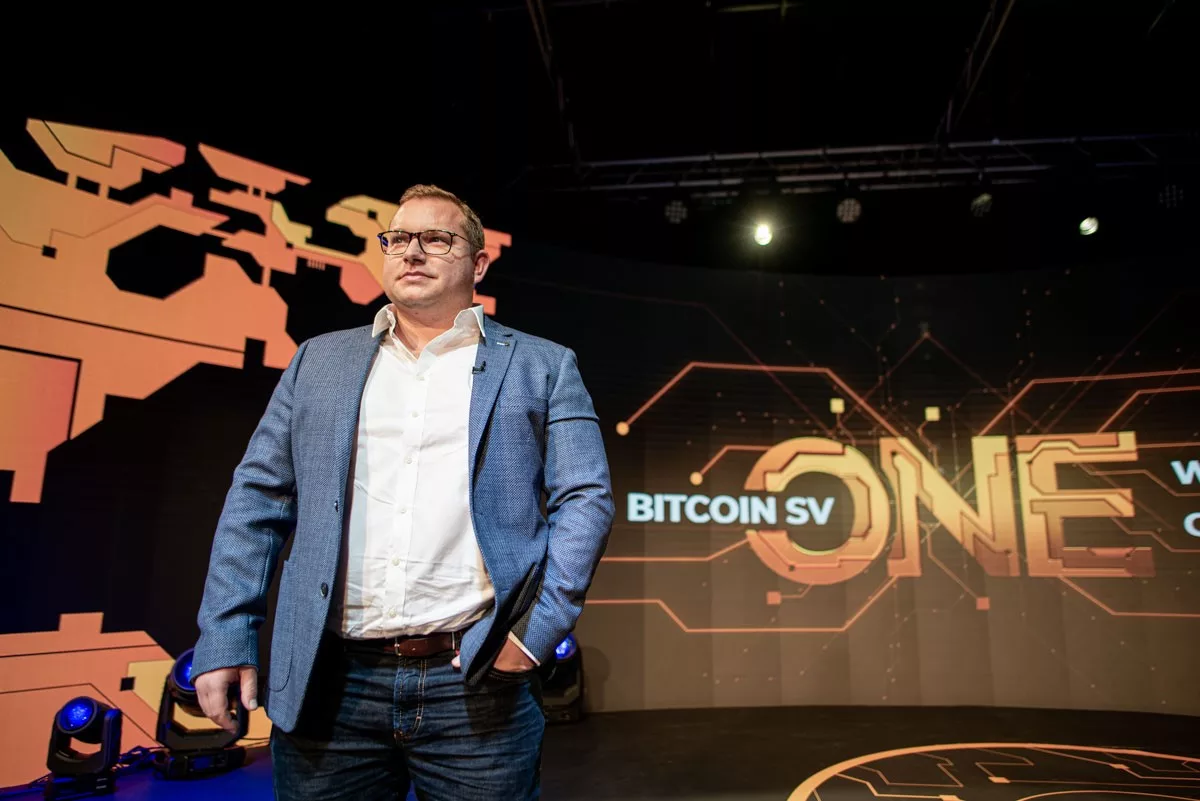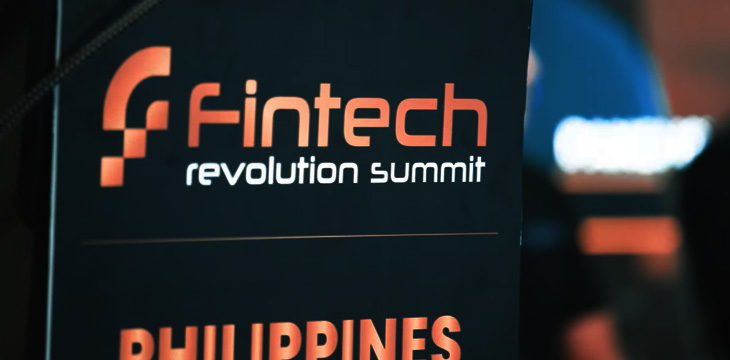|
Getting your Trinity Audio player ready...
|
What’s the future for digital asset exchanges, especially in a “tokenized world”? That was the discussion topic for a panel at CoinGeek Live this week, where representatives of several different exchanges talked about how they see the industry and general, and where they’d like to see it head.
Moderated by Bitcoin Association ambassador for Southeast Asia Ella Qiang, the panel featured Tom Albright of Bittrex Global, Armen Azatyan from TDXP, Daniel Skowronski of Fabriik, Lennix Lai of OKEx and Gabor Nagy from its sister exchange OKCoin in Europe.

Qiang asked directed questions at each individual panelist, resulting in a number of interesting opinions about exchanges and the assets they trade.
Though the topic was tokenization, the conversation often gravitated back to regulation. The two are intrinsically linked, given that technology allows tokenization of just about anything, but regulation determines what the public is actually able to use, and how.
What is a ‘token’ for exchanges?
It’s almost impossible to talk about “tokens” in general, since they may represent vastly different things. Most panelists showed a disdain for the ICO-style tokens used as fundraisers and barely-disguised company equities (that offer no actual equity) of recent times. However, as exchanges, if an asset has liquidity and customers are demanding it, their choice is often to list an asset token or lose business to the competition.
As a result, there was a general feeling that if there’s liquidity and demand, exchanges will attempt to list it. With regulators increasingly breathing down their necks, though, exchange operators now have little choice but to stress compliance and legal integrity as key points when examining new assets to list. Likewise, there’s an increased emphasis on verifying the identity of users—something exchanges have long paid lip service to, but recently have been forced to take more seriously.
Asset tokens, regulation and fiat gateways
Qiang asked why we haven’t seen many genuine asset-backed tokens listed on exchanges so far.
Nagy said OKCoin “only lists utility tokens,” or those showing a function in a project other than simply raising funds.
Skowronski said he’d experimented with digital company shares in years past, creating one of the first tokenized stocks (on Ethereum) using a process of stablecoins and derivatives to create a digital facsimile of an actual company share.
“I don’t mind challenging the status quo,” he said, and the technology allowed many to get involved in asset trading who wouldn’t otherwise have the chance. There’s a huge potential market out there, but regulation is the key issue.

The regulatory environment is always complicated and difficult to navigate, Albright said. Many laws written a century ago need to be shoehorned into modern scenarios. “I’m optimistic about all this but it’s going to take some effort from those in the ecosystem to get there.”
On the topic of improving fiat gateways, all participants were (unsurprisingly) eager to see this, some calling it “critical.” Without gateways in and out of digital assets, fiat value can’t enter the system, customers can’t cash out, and exchanges can’t make a profit.
Why BSV?
Azatyan, representing the Moscow-based exchange TDXP, was most enthusiastic about the BSV ecosystem. He referenced the “brilliant wallets” on BSV like Money Button and RelayX. TDXP, he said, is also “like Twetch” in that users pay as they trade, sign up with a single click, and when a trade is completed, funds are returned to a user’s private wallet.
When his team saw how well microtransactions worked on BSV, he said, “it was a no-brainer for us.” They’d tried building the platform using contracts in Ethereum, EOS, even Cardano and BitShares, only to discover how important protocol stability was to building anything that needs to keep working.
With BitShares in particular, he said “(the protocol) changed two times in a year, and we had to re-write all our code.” Additionally, Ethereum “is not scalable.”
He sees a big future for tokens on exchange platforms, but only those that are regulated and secure. “I’m not excited about non-regulated tokens in general,” he said, saying the technology should be used for ownership of things like commodities, or real estate, and never for fundraisers or tokens designed merely to be traded for other digital assets.
Skowronski offered the example of solar energy, trading (for example) tokenized kilowatts to find the best price from a provider in a local area.
Fabriik, he said, “is a BSV-backed and supported ecosystem” and “everything we’re doing is based on BSV infrastructure.” His company wants to see tokens, whatever form they take, traded in a safe and regulated environment.
Tokenization “is probably going to be our bread and butter,” he added, and BSV provides transparency and fairness to the creation process.
Qiang also asked about stablecoins and so-called “decentralized exchanges” (or DEXs), and what opinions exchanges had on those topics.
OKEx’s Lai said he didn’t see competition between “centralized” and “decentralized” exchanges as a battle, since all companies were interested mainly in growing the digital asset industry in general. However decentralizing certain exchange functions could lead to better security for users, he said.
Azatyan was less enthusiastic about DEXs, saying we probably won’t use that term in the future. Current examples are often used to trade assets that couldn’t make it onto better-known platforms for some reason, and “also, they’re often not decentralized”. He prefers the term “on-chain exchanges” where trading data is stored on the BSV blockchain, where its integrity can be verified.
Skowronski said regulation is the biggest issue with DEXs—without a central operator with a physical location, it was difficult to impose regulations and authorities would simply not allow such platforms to be accessed.
Lai said that, as far as stablecoins were concerned, it was important to examine exactly how they mimic the value of the real-world fiat asset they represent. Stablecoins are “like parking funds” for fiat value on digital platforms, and there was a need to balance compliance issues with potential liquidity before OKEx would consider a new type.
As for the types of “tokens” the BSV ecosystem is talking about, most are taking the usual wait-and-see approach, since the technology is still being worked out and there are few popular examples so far.
Overall, the digital asset exchange industry is moving into a future where it’s necessary to take assets, identity and legal compliance a lot more seriously. This will likely be a bigger issue than things like which assets to list, or how to structure their trading platforms. Bitcoin BSV is playing a role in shifting that focus, although the world is changing for trading platforms whether their operators desire it or not.
Watch the CoinGeek Live 2020 panel, The Future of Exchanges & Trading in a Tokenized World.

 12-21-2025
12-21-2025 




